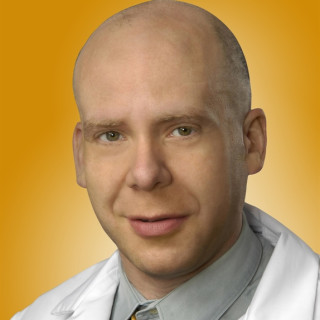
No matter how hard I try, I don’t think my patients have any clue about what they’re agreeing to undergo. They have a concept of “cut me open” and “fix my veins” (usually they mean arteries), but that’s it. And we have no good language to have these discussions. We discuss rates and complications, but it’s not really relevant to say someone has a 10% risk of infection. It’s binary for that patient—it either will (100%) or won’t (0%) happen — which is “the ecologic fallacy” as my epidemiologist wife likes to remind me.
As with too many things in life, patients never think “it will be me.” They nod their heads when I discuss the risks with them, but no one ever thinks it will happen to them. They just want to feel better. The corollary, of course, is patients who are nervous about a procedure with overall very low complication rates. People hear the words “blood clot” and run, even if it’s a less than 1% chance.
I’ve always thought the concept of “informed consent” was an illusion. I’ve only seen true informed consent a handful of times. In training, I learned of a thoracic surgeon who would take breaks during cases to go smoke cigarettes. The general surgeon who undergoes his screening colonoscopy is informed. The line of vascular surgery conference attendees standing outside the venue in the cold smoking is another. I remember thinking to myself on these occasions, “Well if that’s not informed consent, then I don’t know what is!”
Whenever I go to have my car serviced, I’m at the mercy of the technician. What do I know if the air filter needs changing? They could show me any filter, not just mine, and tell me it needs to go. What do I know? (I actually do know, but you get the point.)
Does a patient really understand what bleeding or nerve injury means as a risk? What does that mean to their life and quality thereafter? Granted, most people have no problems postoperatively, but what about those few who do? Did they really understand what they signed up for?
I don’t think that I’m much better as a patient. While I like to think that medical school and post-graduate training have given me a window into a variety of specialties, if my otolaryngologist says I need a triple endoscopy, will I say no? I go with what she recommends. Sure, I could take time, review the data, evaluate the benefits and risks, weigh my values and decide for myself. But the reality is I do what I’m told (or else I’ll be labeled as “noncompliant”).
Many institutions have moved to “next-generation,” procedure-specific consent forms. These are at least better than the generic form approach, but the reality is that consent is neither a verb nor a signed paper, it’s the conversation that happens. And as much as I try to educate a patient, they’ll never fully understand a complication like someone who has lived through it—be it patient, surgeon or family member. They also won’t understand the procedure like someone who does it.
But where does that leave us? Clearly, a paternalistic approach is no longer in vogue and for good reason. Too many abuses of power preclude that. Like many of those who trained me, I try to “guide patients.” In reality, however, that’s like paternalism via Inception (great movie by the way), but it does make us feel better about shifting blame to the patient: they knew the risks and they wanted it, we tell ourselves.
I knew a surgeon who would tell patients, “I can promise the effort, I can’t promise the outcome.” That was it. That was the whole informed consent discussion. No more, no less. In training once, I described a procedure and the risks to a patient in such detail to a point where he fainted and fell off the exam table (true story). Clearly, there’s a spectrum of style.
I don’t know what the answer is. My approach shifts with the moon phases, the seasons, the wound appearance, and the patient. Maybe we individualize by surgeon, maybe by patient. But it’s a challenge. And how do you convert that to a note? Half the time, even if they understand and internalize, they don’t remember anything later anyway.
Maybe I’ll make YouTube videos and require patients to watch them. At least it’ll get me some “likes.”
What do you do?
Dr. Issam Koleilat is a vascular surgeon at Montefiore Medical Center/Albert Einstein College of Medicine in the Bronx, NY. He is also the proud father of a wonderfully curious five-year-old daughter and bright-eyed five-month-old son, and the husband of a breast cancer genetic epidemiologist. He enjoys traveling with his family, and as the kids get older he hopes they will hike, ride horses, and rock-climb more.
Dr. Koleilat is a 2018–2019 Doximity Author.






